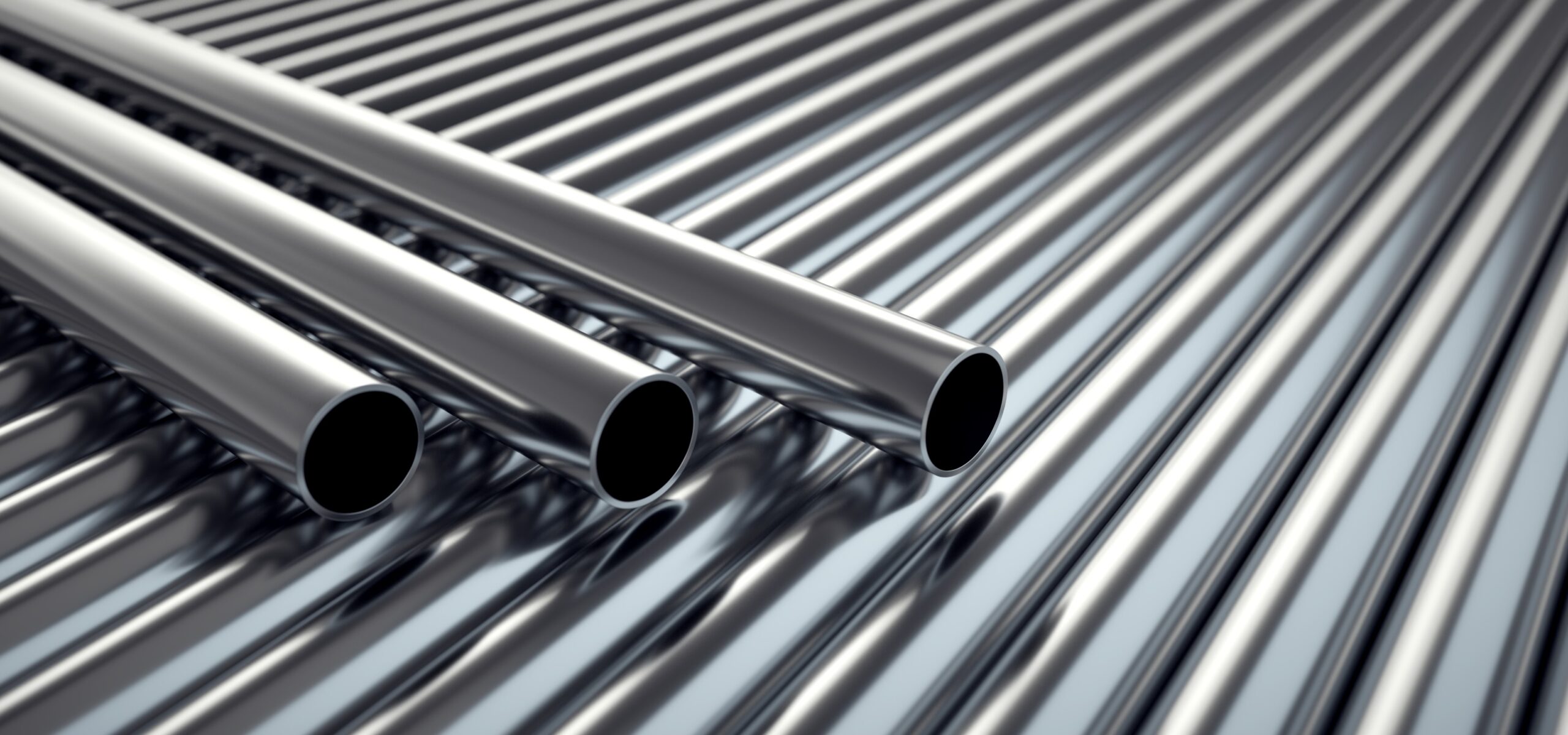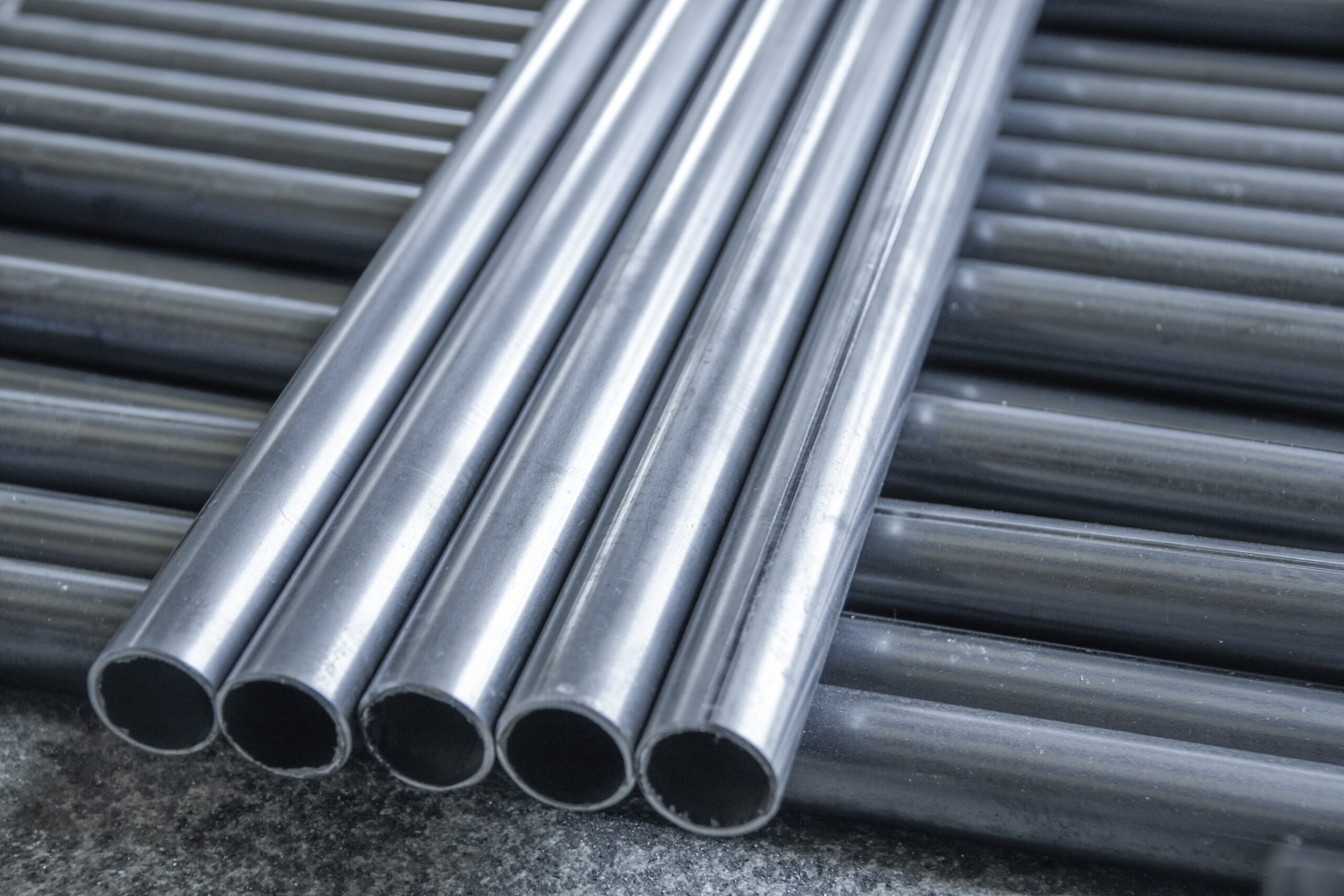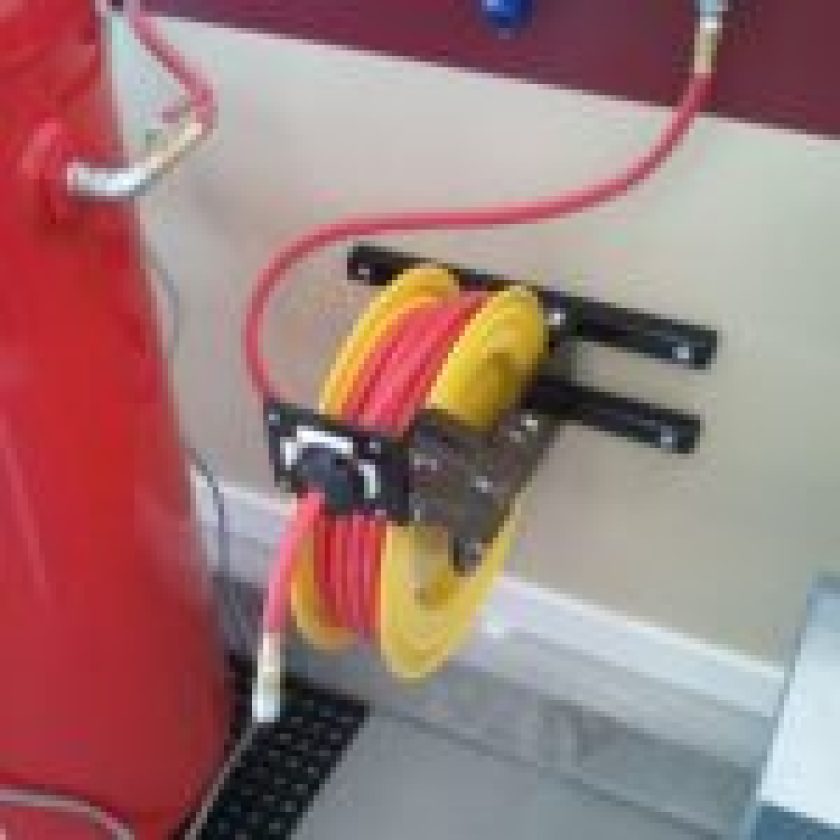Stainless steel is one of the most popular metals for construction and manufacturing industries all over the world. According to statistics, in 2022, the mechanical engineering sector accounted for the largest share of global stainless steel consumption, with approximately 28.6% of total production. The metal products sector also accounted for 15.3% of global stainless steel output.
These statistics prove how versatile and indispensable stainless steels have become. However, for every application of stainless steel tubes, there has always been the question of whether to choose seamless tubes or welded tubes.
Seamless tubes have strength and high-pressure resistance. They are ideal for demanding environments such as oil and gas pipelines or aerospace engineering. Welded tubes, on the other hand, are more cost-effective and available in a wider range of sizes, making them popular in construction, HVAC, and food processing. This article breaks down their key differences in manufacturing, advantages, disadvantages, and key applications of these tubes.
Seamless Stainless Steels

Seamless stainless steel tubes are manufactured from a solid cylindrical piece of steel called a “billet.” The process begins by heating the billet to extremely high temperatures until it becomes soft and malleable. It is then pierced through the centre using a mandrel or extrusion process to create a hollow tube. The tube is then further stretched, rolled, or drawn through dies to achieve the desired diameter and wall thickness.
Pro
- Seamless tubes have a consistent structure that can withstand high pressure and extreme temperatures.
- There is less risk of localised corrosion because they do not have welded joints. This makes them stronger and better for harsh environments like offshore drilling or chemical plants.
- Seamless tubes have a clean, polished appearance and are most suitable for applications that require aesthetics or fluid flow efficiency.
- The process of seamless tube construction makes them have very high dimensional accuracy. The precision and accuracy in these tubes make them suitable for industries that require precision, such as aerospace and medical fields.
Cons
- The manufacturing process is more complex and resource-intensive, which increases the cost compared to welded tubes.
- There are very limited sizing options with seamless tubes.
- The production of seamless tubes requires a specialised process that often leads to longer production times and delays for orders.
Application
Some key applications of seamless tubes include:
- Aerospace and automotive: Used in hydraulic systems, fuel lines, and exhaust components.
- Oil and gas industry: Good for high-pressure pipelines and offshore drilling equipment.
- Medical and pharmaceutical: Seamless steels are used in applications where hygiene and precision are vital, such as for surgical instruments and medical gas lines.
- Power generation: Seamless stainless can be found in boilers, heat exchangers, and other high-temperature systems.
Welded Stainless Steel

Welded stainless steel tubes are manufactured by rolling a flat strip or sheet of stainless steel into a cylindrical shape and then joining the edges through welding. The most common welding methods for stainless steel are electric resistance welding (ERW), laser welding, and tungsten inert gas (TIG) welding. After the tube is welded, it undergoes further processing, such as heat treatment, annealing, and surface finishing, to improve its mechanical properties and corrosion resistance
Pro
- Welded stainless tubes are more affordable than seamless tubes
- Since welded tubes are manually framed and sized, there are more available sizes, thicknesses and dimensions.
- The manufacturing process is faster.
- Since welded tubes are formed from precisely cut steel sheets, they offer a more uniform wall thickness than seamless steel tubes.
Cons
- Even though manufacturers of welded steel ensure that the welded seams are very strong, every welded spot is a potential weak point.
- Welded tubes have a slightly lower ability to withstand high-pressure applications.
- The welded joints may be more susceptible to corrosion, especially if they are used in harsh environments.
Application
- Construction and architecture: They are used in handrails, support structures, and decorative applications.
- Food and beverage industry: Found in processing equipment, pipelines, and dairy tubing.
- HVAC and plumbing: Water distribution, heating, and cooling systems.
- Automotive and manufacturing: They are used in constructions where strength and durability are required but seamless tubing is unnecessary, such as exhaust systems, conveyor systems, and structural components
How to Choose Between Seamless and Welded Stainless Tubes
Choosing between Seamless or welded stainless steel tubes depends on several key factors. Here are a few.
Strength and Pressure Resistance
One essential factor to consider when choosing stainless steel tubes is the strength and pressure resistance. Seamless tubes are preferred for high-pressure and high-temperature applications, while welded tubes are more suitable for lower-pressure applications.
Corrosion Resistance
Corrosion resistance is another critical factor to consider when choosing stainless steel tubes. Even though both seamless and welded tubes are made from corrosion-resistant stainless steel, the welded seam in welded tubes can sometimes be more vulnerable to localised corrosion if not properly treated.
Cost and Availability
Welded tubes are commonly used in construction, food processing, and general manufacturing because they are more affordable and readily available in a wider range of sizes. Seamless tubes, on the other hand, are more expensive and rarely available because their production is more complex and time-consuming. If budget constraints are a major concern and the application does not necessarily need the extreme durability of seamless tubing, welded tubes can be a more practical option.
Dimensional Requirement and Fabrication Needs
The choice of stainless steel to use also depends on dimensional requirements and fabrication needs. Welded tubes are easier to customise and may be a better option for applications that require consistent dimensions.
Seamless vs. Welded Stainless Steel Tubes
It would be wrong to conclude that one stainless steel is better than the other. However, one may be more suitable than the other depending on the cost, application requirements, and availability. For example, a seamless pipe will be more suitable for high-pressure, high-stress environments, while welded tubes are the economical solution for general-purpose uses.
So, the choice of stainless steel for a project will be determined by the specific requirements of your application, the strength required, pressure resistance, cost, budget, industry-specific needs and availability.




